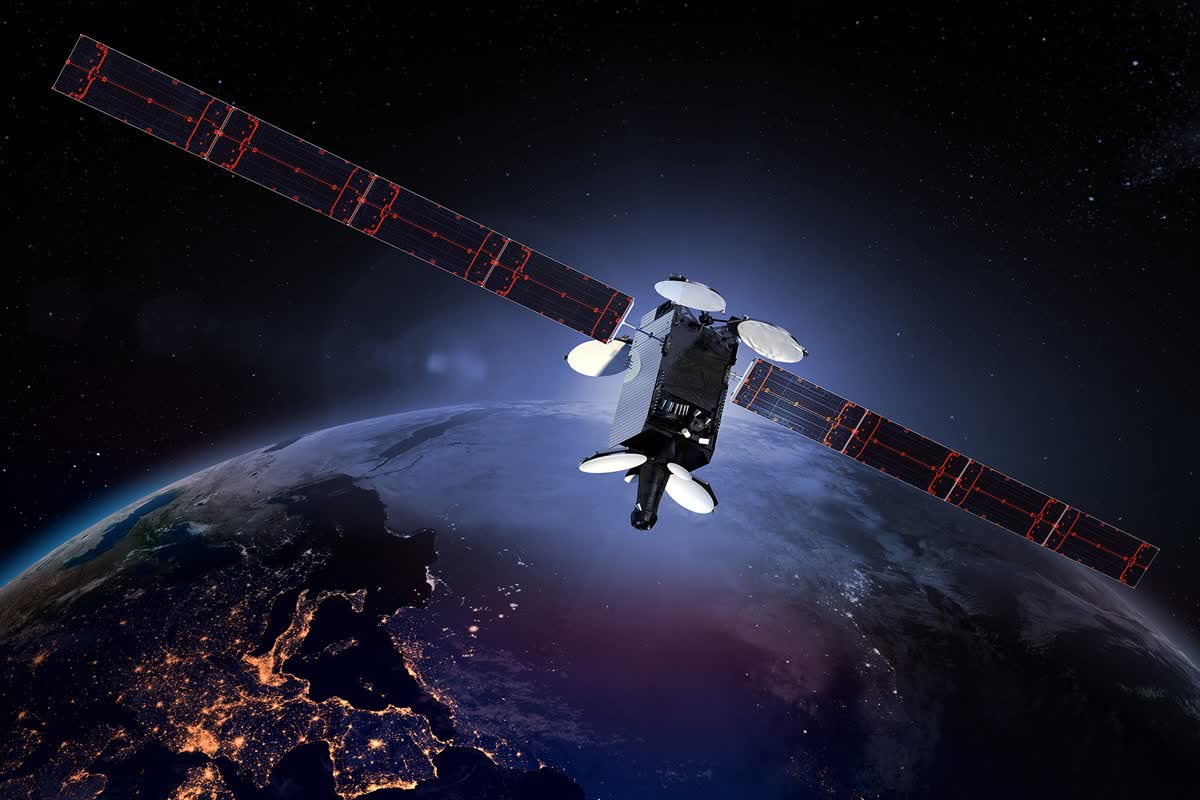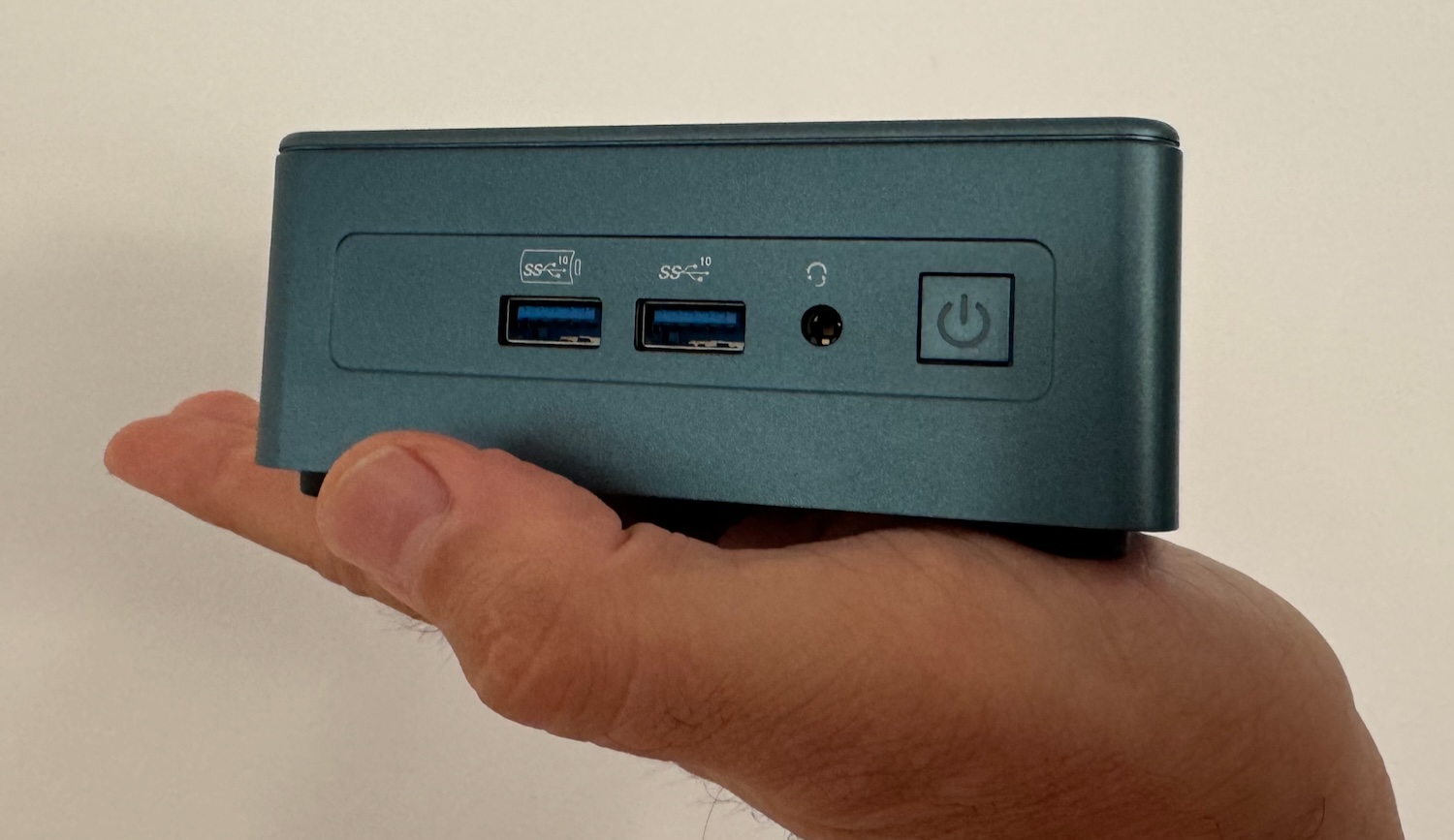What just happened? Luxembourg’s SES is gobbling up its American rival Intelsat for $3.1 billion. The megadeal, announced on April 30, brings together two of the biggest players in the geosynchronous equatorial orbit satellite game.
The deal isn’t just about bolstering the companies’ GEO fleets. This merger, which is subject to regulatory approvals, is a bold play to take on the new space kids on the block – the increasingly disruptive low-earth orbit (LEO) constellations led by SpaceX’s monster Starlink network.
With over 100 combined GEO satellites and SES’s medium-earth orbit (MEO) O3b constellation, the combined company could pack a serious multi-orbit punch. And there’s more in the pipeline with 13 additional satellites already on order between the two firms.
“In a fast-moving and competitive satellite communication industry, this transaction expands our multi-orbit space network, spectrum portfolio, ground infrastructure around the world, go-to-market capabilities, managed service solutions, and financial profile,” said SES CEO Adel Al-Saleh in a statement.
Despite Luxembourg remaining the combined company’s official headquarters, the country won’t be the sole power center as a “significant presence” will be maintained at Intelsat’s Washington D.C. area base.

The inking of the deal caps years of turbulence and transformation for both SES and Intelsat as they’ve fought to adapt to major technology disruptors. Satellite TV’s long decline and the explosive growth of LEO broadband startups like Starlink have rocked their GEO-centric business models.
Despite the challenging landscape, Al-Saleh insisted now was actually an ideal moment to pursue the merger given Intelsat’s revived trajectory since emerging from bankruptcy. He noted the talks kicked off before he joined SES earlier this year.
“It was clear to us that this particular transaction, if we’re able to successfully close it with the right type of value, is the most compelling proposition we had on the table,” he explained on an investor call.
The $3.1 billion price tag will be covered by SES’s hefty $2.6 billion cash pile and new debt. When the deal wraps up in late 2025, the combined firm projects over $4 billion in annual revenues and $1.9 billion in adjusted EBITDA.
The satellite sector has witnessed a flurry of megamergers lately as the incumbents scramble to parry the LEO threat. Viasat scooped up maritime connectivity specialist Inmarsat last year while Eutelsat absorbed OneWeb to blend GEO and LEO services.
“By combining our financial strength and world-class team with that of SES, we create a more competitive, growth-oriented solutions provider in an industry going through disruptive change,” proclaimed Intelsat CEO David Wajsgras in the same statement.
With heftier resources and multi-orbit assets under one roof, the newly combined GEO juggernaut could be better positioned to take on Elon Musk’s ever-expanding LEO broadband constellation. At over 5,800 satellites already and rapidly growing, Starlink’s sheer size and aggressive pricing pose an existential threat.









